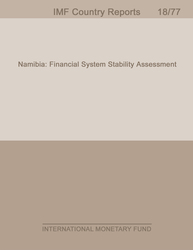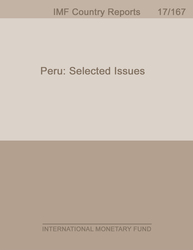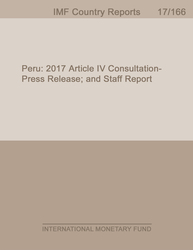
Namibia
Financial System Stability Assessment
Namibia’s financial sector is dominated by four large and heterogenous financial conglomerates, all with close ownership and funding links to South Africa. The Nonbank Financial Institutions (NBFI) sector is comparatively large (around140 percent of Gross Domestic Product (GDP) on net asset basis), in part reflecting a fully funded government pension fund. Asset managers play a central role in connecting institutional investors to financial markets and banks. Macrofinancial vulnerabilities have built up over a period of rapid economic growth and the financial cycle has now turned down. The sovereign debt/GDP ratio has nearly doubled since 2014 which has reinforced the already strong bank-sovereign link. The rapid rise in housing prices and household debt, banks’ large exposure to mortgages, and banks reliance on wholesale funding are sources of concern. A major decline in real estate prices would adversely affect bank capital and profitability. Economic and financial shocks from South Africa are directly transmitted through the common currency and integrated financial markets. The announced increase in the domestic investment requirement risks lowering future returns, reducing portfolio diversification, and exacerbating asset price inflation. Data limitations posed challenges to the risk assessment, particularly for NBFIs.
Publication date: March 2018
ISBN: 9781484347089
$18.00
Add to Cart by clicking price of the language and format you'd like to purchase
Available Languages and Formats
| English |
Prices in red indicate formats that are not yet available but are forthcoming.
Topics covered in this book
This title contains information about the following subjects.
Click on a subject if you would like to see other titles with the same subjects.
Also of interest
Summary
Copyright © 2010 - 2024
Powered by:
AIDC



